Avoid Scratches and Streaks: Cleaning Tips for Tinted Windows
Tinted windows offer both functional and aesthetic advantages. They protect interiors from harmful UV rays, provide privacy, and enhance the overall appeal of your vehicle or building. However, maintaining the clarity and integrity of tinted windows requires special care—especially during cleaning. The wrong tools or chemicals can easily leave unsightly scratches or stubborn streaks, shortening the life of the tint and diminishing visibility.
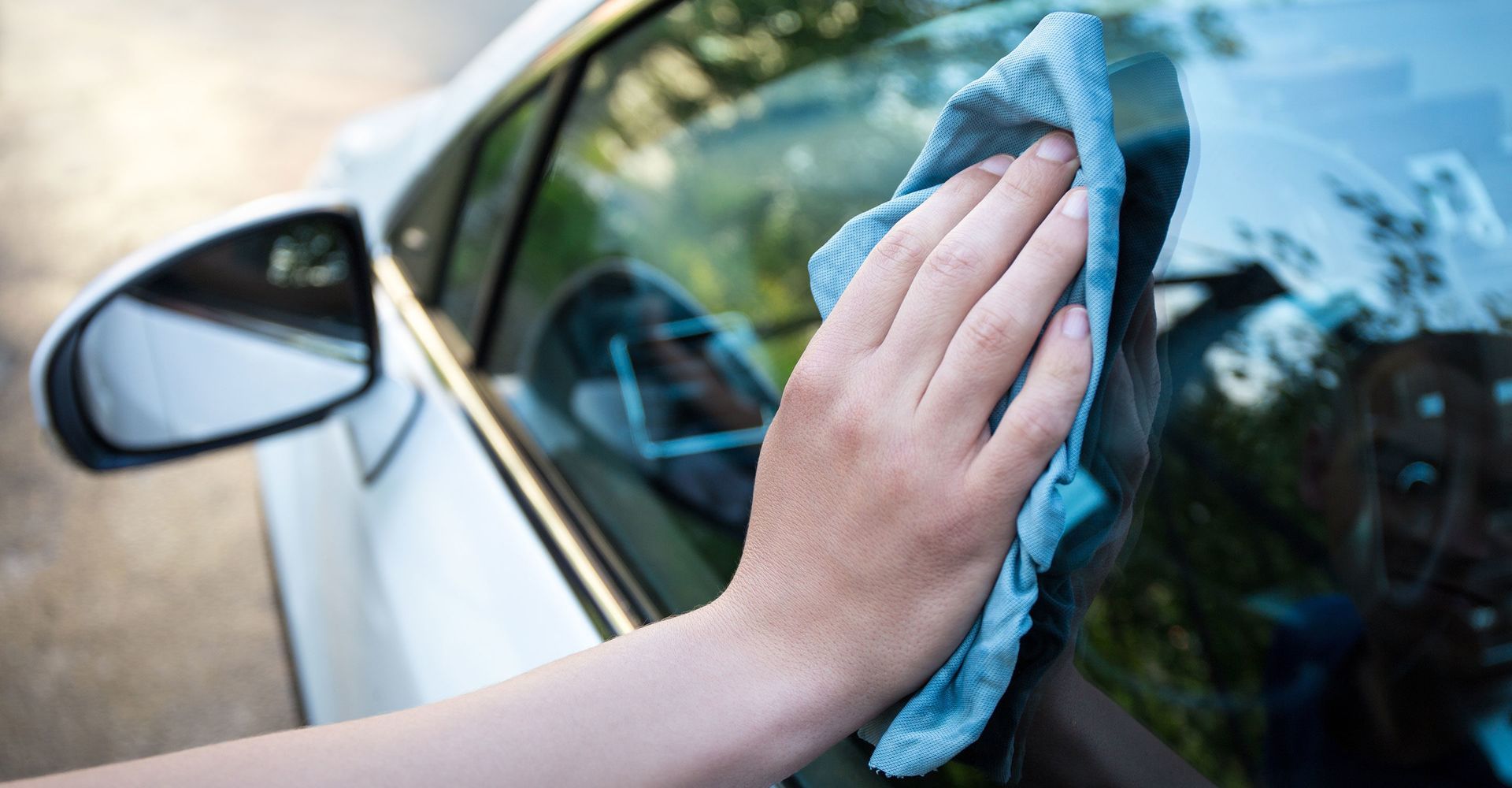
What Makes Tinted Windows Unique?
Unlike regular glass, tinted windows are coated with a delicate film, often made from polyester and embedded with dyes, metals, or ceramic materials. This layer is vulnerable to harsh chemicals, rough fabrics, and even environmental factors such as extreme heat. Cleaning them like ordinary windows is a recipe for disaster.
Types of Window Tint
Understanding the kind of tint you have—whether dyed, metalized, carbon, or ceramic—plays a key role in choosing the right cleaning method. Ceramic tints, for instance, are more durable but still require gentle treatment. Dyed films tend to fade faster and can be more easily scratched if mishandled.
Common Issues Like Scratches and Streaks
Scratches usually result from using abrasive tools or dirt particles trapped in cloths. Streaks, on the other hand, are often caused by poor-quality cleaners, improper drying, or cleaning under direct sunlight. Both can ruin the look and reduce the effectiveness of your tint.
Why Scratches and Streaks Happen
Causes of Scratches on Tinted Glass
Scratches occur when abrasive materials come into contact with the film. This could include gritty paper towels, hard-edged squeegees, or even rings and bracelets during cleaning. These marks are not just cosmetic; they can reduce visibility and lead to further degradation of the film.
What Causes Window Streaks?
Streaks often arise from improper drying techniques or using ammonia-based cleaners that leave behind a residue. High humidity and rapid evaporation under direct sunlight can also create streaks, making your efforts seem pointless.
Environmental Impact and Cleaning Habits
Environmental elements like dust, pollen, bird droppings, and acid rain can stick to tinted windows, making cleaning both essential and delicate. Improper habits such as dry wiping or using recycled rags exacerbate the problem.
Preparation Before Cleaning
Tools You’ll Need
- High-quality microfiber cloths
- A soft rubber squeegee
- Spray bottle
- Distilled water
- A tint-safe cleaner (ammonia-free)
Safe Cleaning Agents
Avoid ammonia at all costs. Instead, opt for cleaners that explicitly state they're safe for tinted windows. You can even make your own by mixing distilled water and a small amount of baby shampoo or white vinegar.
Ideal Time and Conditions for Cleaning
The best time to clean tinted windows is early morning or late afternoon when the glass is cool and not under direct sunlight. Overcast days are ideal.
Best Cleaning Techniques
How to Clean Tinted Windows Without Damaging the Film
Spray the solution onto a clean microfiber cloth—not directly on the glass. Gently wipe in straight lines from top to bottom. Avoid circular motions as they can cause micro-scratches.
Step-by-Step Scratch-Free Cleaning Method
- Park in a shaded area.
- Wipe the window with a dry microfiber cloth to remove loose dust.
- Spray cleaning solution onto a clean cloth.
- Wipe gently in a vertical direction.
- Use a rubber squeegee to remove excess liquid.
- Buff dry with another clean microfiber towel.
How to Avoid Streaking
Always use a separate cloth for drying and ensure it's completely dry. Rotate sides often and replace cloths when damp.
DIY vs Professional Services
When to Clean Yourself
Regular maintenance can easily be done at home with the right tools and technique. For general upkeep, a bi-weekly wipe-down suffices.
When to Hire Pros
If your tint is older, showing signs of damage, or if you want a streak-free polish for a special occasion, it's worth hiring a Window Tinting Service. They use commercial-grade products and have the expertise to avoid damage.
Cost Comparison
DIY methods can cost less than $20 a month in supplies. Professional services may range from $50 to $150 per session depending on the vehicle or size of glass area.
Advantages of Professional Window Tinting Service
Professionals use deionized water, proprietary cleaning solutions, and have trained eyes for spotting early damage.
Maintenance Tips for Longevity
Weekly and Monthly Maintenance Tips
Dust builds up fast, so a weekly wipe-down with a dry microfiber cloth can make a big difference. For monthly maintenance, use your preferred tint-safe cleaner to remove any grime and rehydrate the film.
How to Prevent Dirt Build-Up
Keep the edges of windows sealed well to prevent seepage. Also, park in covered areas and avoid driving with windows partially open on dusty roads.
Touch-Up Tricks
If you spot faint streaks after cleaning, lightly buff them out with a dry cloth. For deeper issues, a diluted vinegar solution followed by a distilled water rinse works wonders.
Cleaning Mistakes to Avoid
Top 10 Mistakes People Make
- Using paper towels
- Cleaning in direct sunlight
- Using ammonia-based cleaners
- Reusing dirty cloths
- Applying too much pressure
- Ignoring corners and edges
- Spraying cleaner directly on the glass
- Using rough or hard-bristled brushes
- Letting solution air dry
- Over-cleaning
Why Ammonia is a No-Go
Ammonia deteriorates the adhesive and can cause discoloration, bubbling, and peeling. Most household glass cleaners contain ammonia—read the label!
Tools to Absolutely Avoid
Stay far away from abrasive pads, steel wool, or scrub brushes. Even some squeegees can be too harsh if they have hard plastic edges.
Recommended Products and Tools
Product Type Recommended Option
Microfiber Cloth Chemical Guys Professional Grade Microfiber Towel
Squeegee Gtechniq Soft Rubber Blade
Cleaner Invisible Glass with Tint-Safe Formula
DIY Option 1 Part White Vinegar + 3 Parts Distilled Water
Use products designed for automotive or residential tints for best results.
Seasonal Tips
Summer Heat and Tint Damage
Sunlight intensifies cleaner residue issues and adhesive wear. Clean in early mornings and apply UV protection if possible.
Cleaning Tinted Windows in Winter
Avoid ice scrapers that might chip the tint. Use de-icing sprays that are tint-safe and microfiber towels for any frost removal.
Seasonal Dust and Pollen Strategies
Spring is notorious for pollen. A daily wipe-down during heavy pollen seasons keeps your windows from becoming opaque or sticky.
Professional Advice and Insider Tips
Advice from Tint Experts
Industry pros recommend using distilled water, always drying with a clean cloth, and avoiding circular wiping motions.
Insider Cleaning Secrets
Some professionals add a small drop of baby shampoo to their cleaning solution for enhanced streak resistance.
How Pros Handle Large Surface Areas
They use overlapping vertical strokes and microfiber mops—similar to those used in commercial window cleaning.
Eco-Friendly Cleaning Solutions
Green Cleaners That Are Safe for Tint
Opt for biodegradable, ammonia-free products. Look for certifications such as "Green Seal" or "EPA Safer Choice."
Homemade Solutions That Work
Mix 1 cup distilled water, 1 tablespoon white vinegar, and 1 drop of dish soap. Shake gently and store in a spray bottle.
Benefits of Going Green
Eco-cleaners are safer for your health, pets, and the environment—and they often leave fewer residues behind.
Technological Advances
Smart Tint Care Innovations
Smart window tints with UV and heat sensors require even more delicate care. Always use manufacturer-approved cleaners.
Nanocoating and Hydrophobic Films
These high-end tints repel dirt and moisture. Still, they need gentle cleaning to preserve their hydrophobic properties.
Future of Window Tint Maintenance
Expect AI-based tint health detection and self-cleaning coatings in the future. These innovations will further reduce maintenance needs.
Window Tinting Laws and Best Practices
State Guidelines on Tint Care
Each state has its regulations on tint darkness and reflectivity. Improper cleaning that alters these features can make you non-compliant.
Legal Maintenance Practices
Make sure your cleaning doesn’t affect visibility or lead to bubbling that might exceed legal tint limits.
Avoiding Penalties with Proper Cleaning
Proper upkeep ensures your tint remains visually clear and legally compliant. A Contact with your local tinting expert can help if you're unsure.
Dealing with Pre-existing Damage
Can You Fix Scratches?
Minor scratches can be polished out with specialized kits, but deeper ones may need film replacement.
When to Replace Tinted Film
If you notice bubbling, discoloration, or peeling, it's time for a refresh—especially if cleaning doesn’t restore clarity.
How to Mask Imperfections Temporarily
Tint-friendly detail sprays can reduce the appearance of small scratches temporarily. But remember, they’re not permanent fixes.
FAQs
Can I use Windex on tinted windows?
No. Most versions contain ammonia which can damage the tint.
What’s the best cloth to use for cleaning tinted windows?
A soft microfiber cloth is ideal because it’s non-abrasive and lint-free.
How often should I clean my tinted windows?
For best results, do a light clean every week and a deep clean once a month.
Why do my tinted windows streak even after careful cleaning?
Usually due to poor drying techniques or using hard water. Try using distilled water.
Can scratches on tint be removed?
Light scratches might be buffed out, but deep ones usually require film replacement.
Is professional cleaning worth it for tinted windows?
Absolutely. Experts use commercial-grade tools and methods that can extend the tint's life.
Conclusion
Maintaining the sleek, polished look of tinted windows doesn’t have to be stressful or expensive. With the right tools, careful technique, and a little know-how, you can avoid scratches and streaks altogether. These cleaning tips for tinted windows aren't just about aesthetics—they’re about preserving the function, legality, and value of your investment.
For long-term durability and professional-level results, don’t hesitate to reach out to a trusted Window Tinting Service or Contact a tinting expert.
Links:

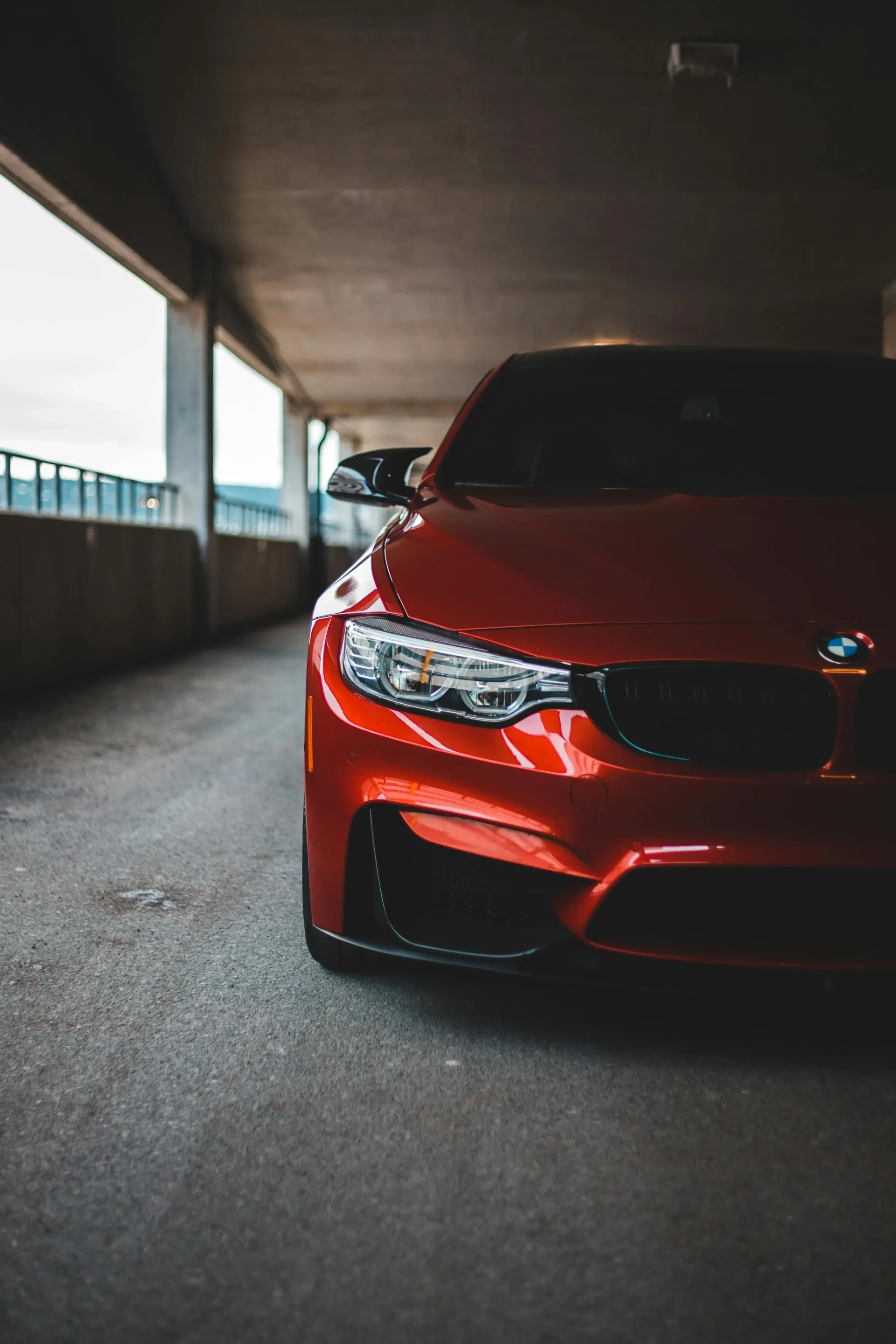


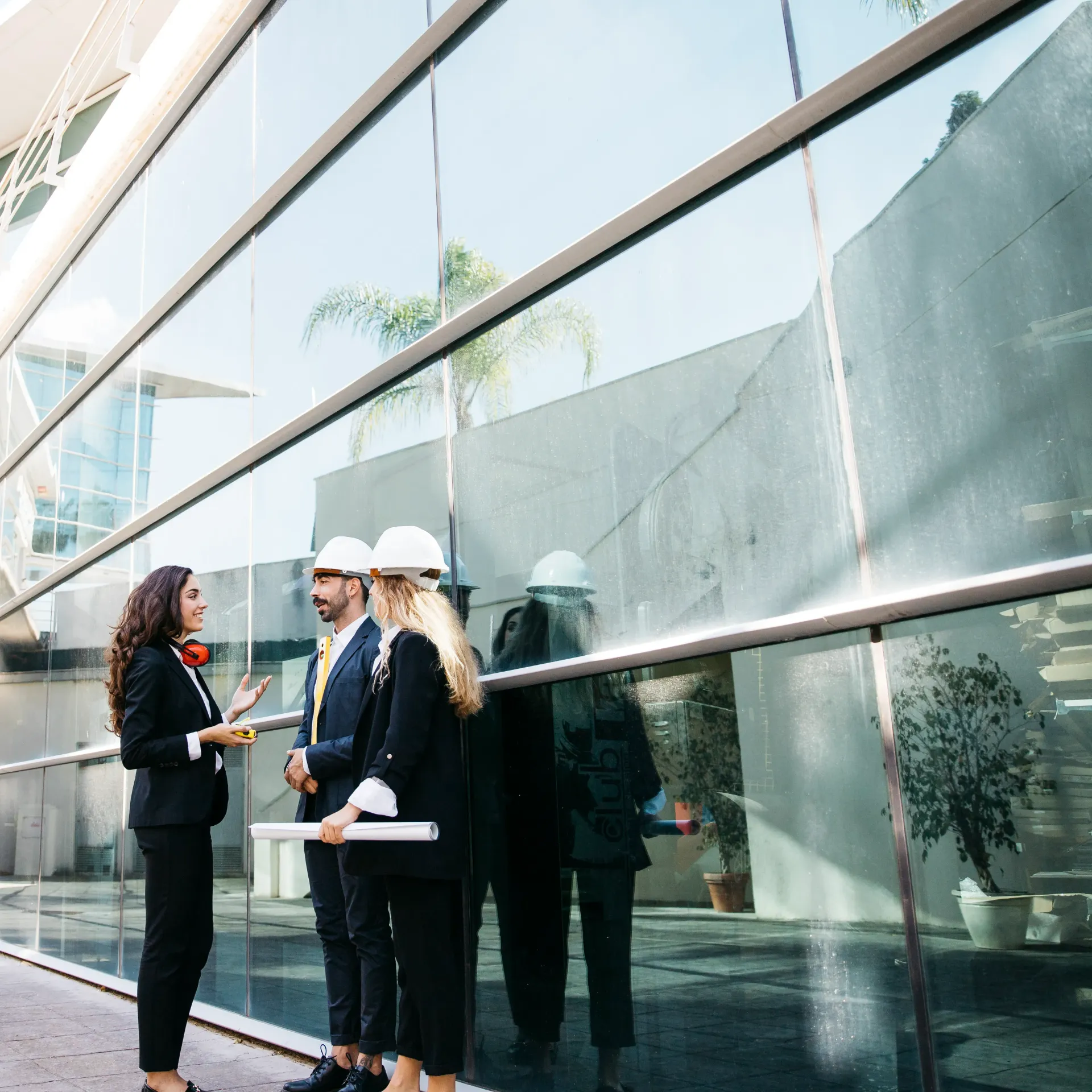
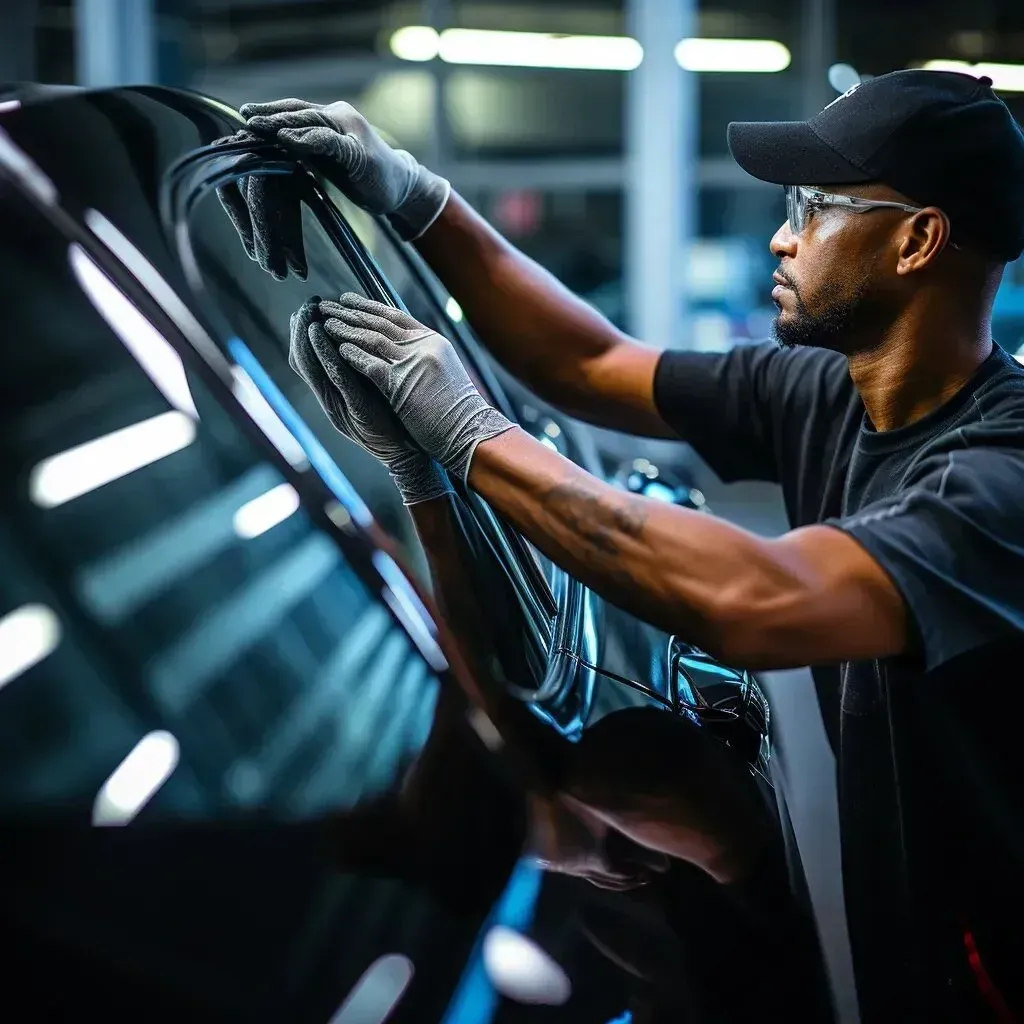
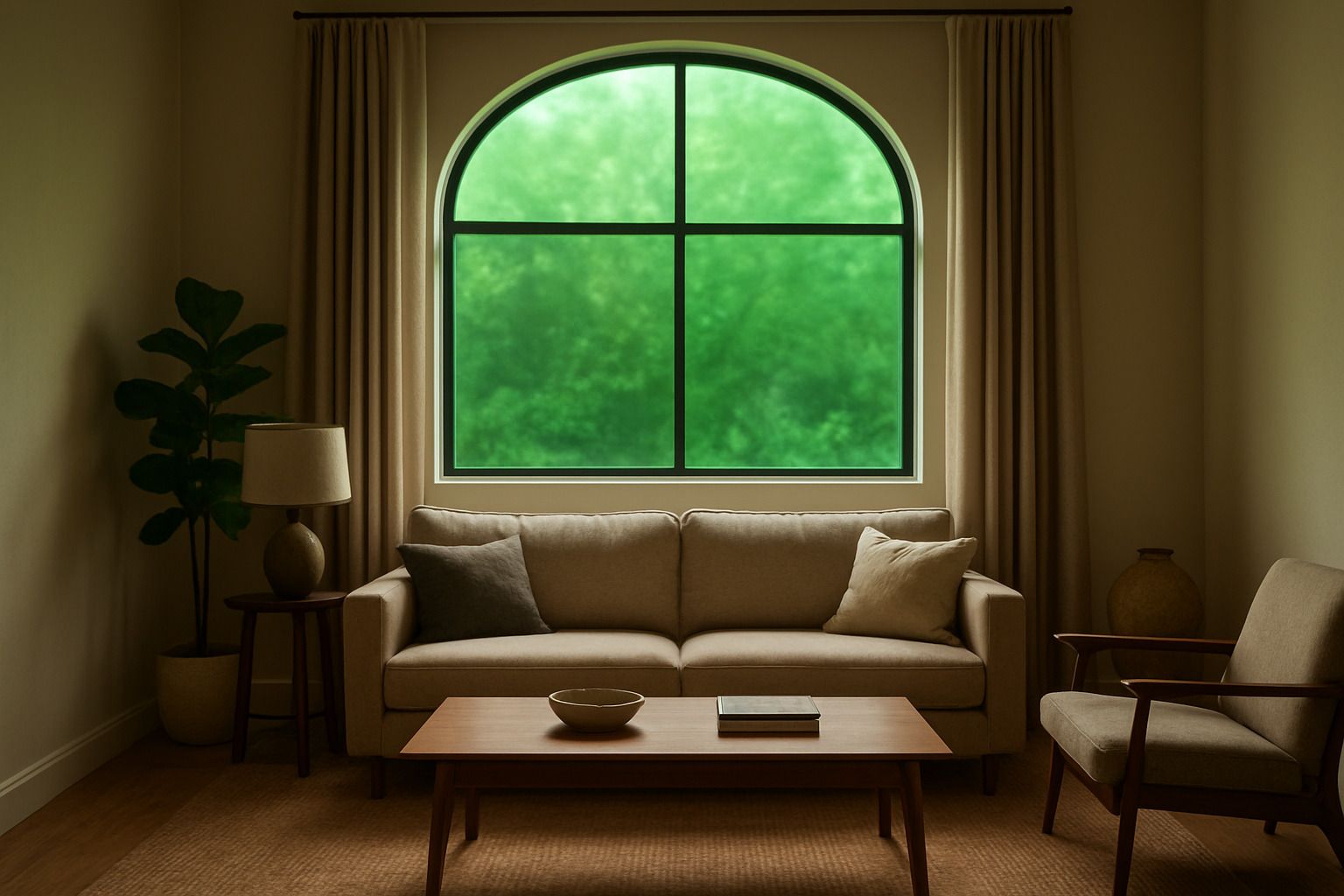
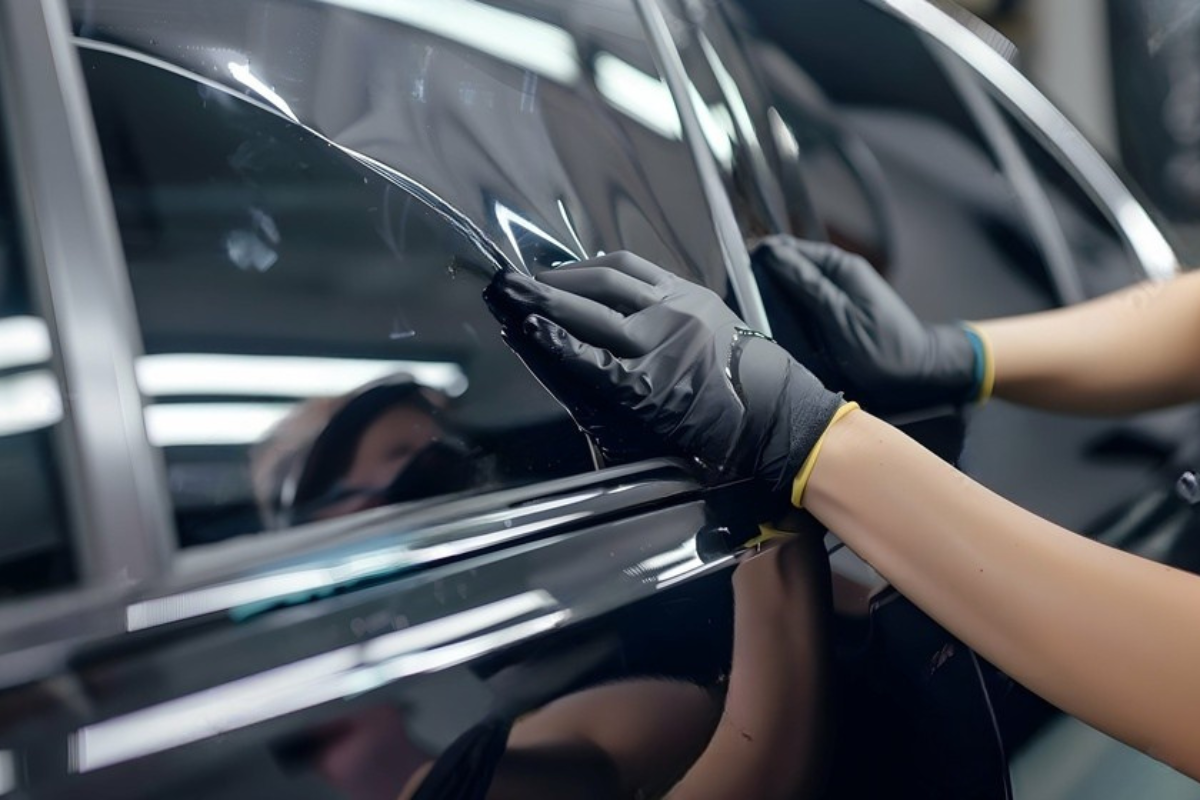
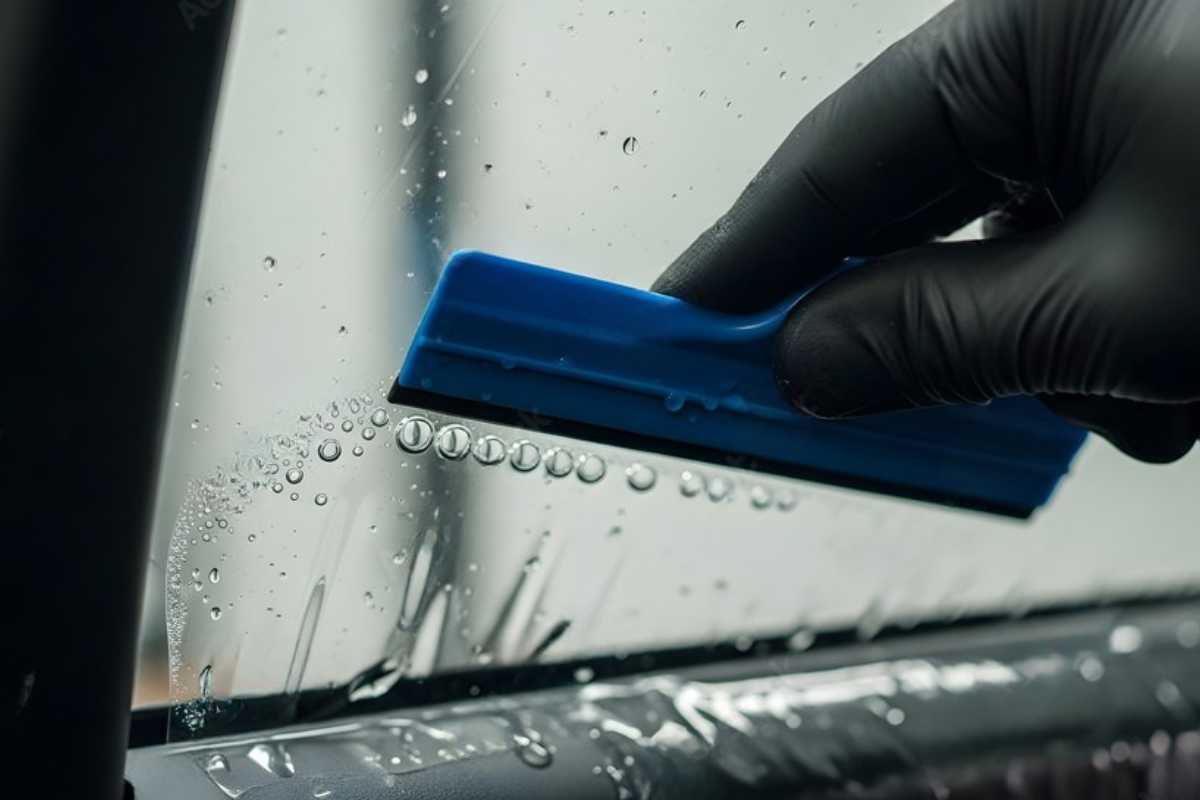
Real Results, Real Durability: Why Cudahy Drivers Trust Tint Integrity for Long-Lasting Window Films



